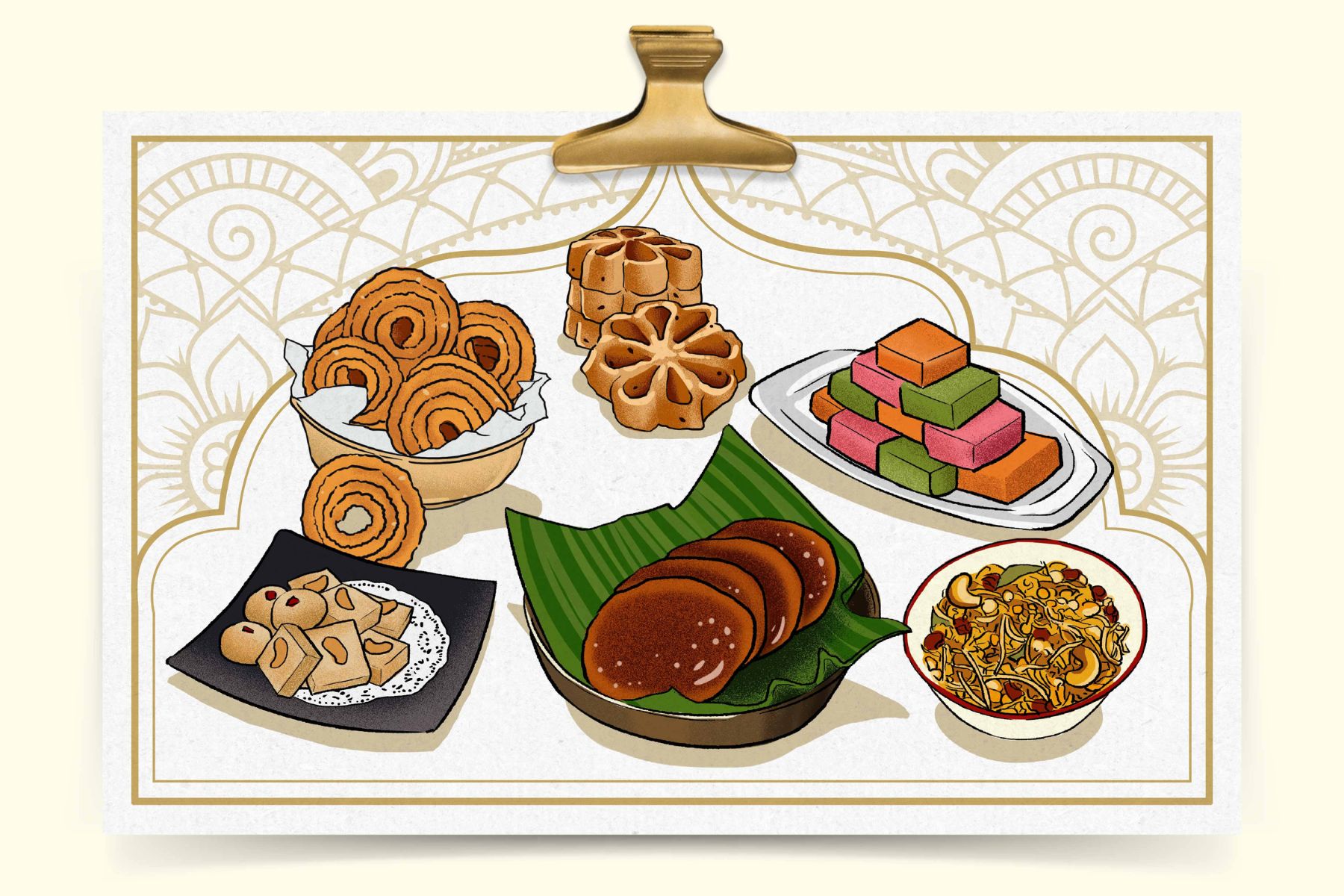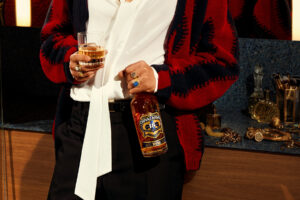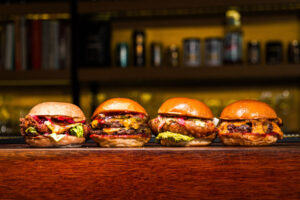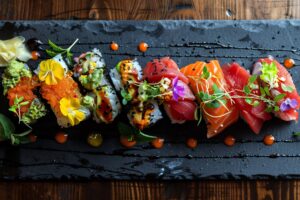For Deepavali, the Festival of Lights, it’s no different too. From mutton curries paired with homemade rotis to briyani, there are plenty of celebration staples that take a place of pride on the dinner table. But with Deepavali, snack foods are an especially important part and play a huge role in properly setting the right vibe for your Deepavali party and gatherings, and some may argue even more than the main dishes.
Though there are some shared cakes and biscuits across all Malaysian festivities, these eight snacks are as synonymous with Deepavali as lamps and fireworks.
Murukku
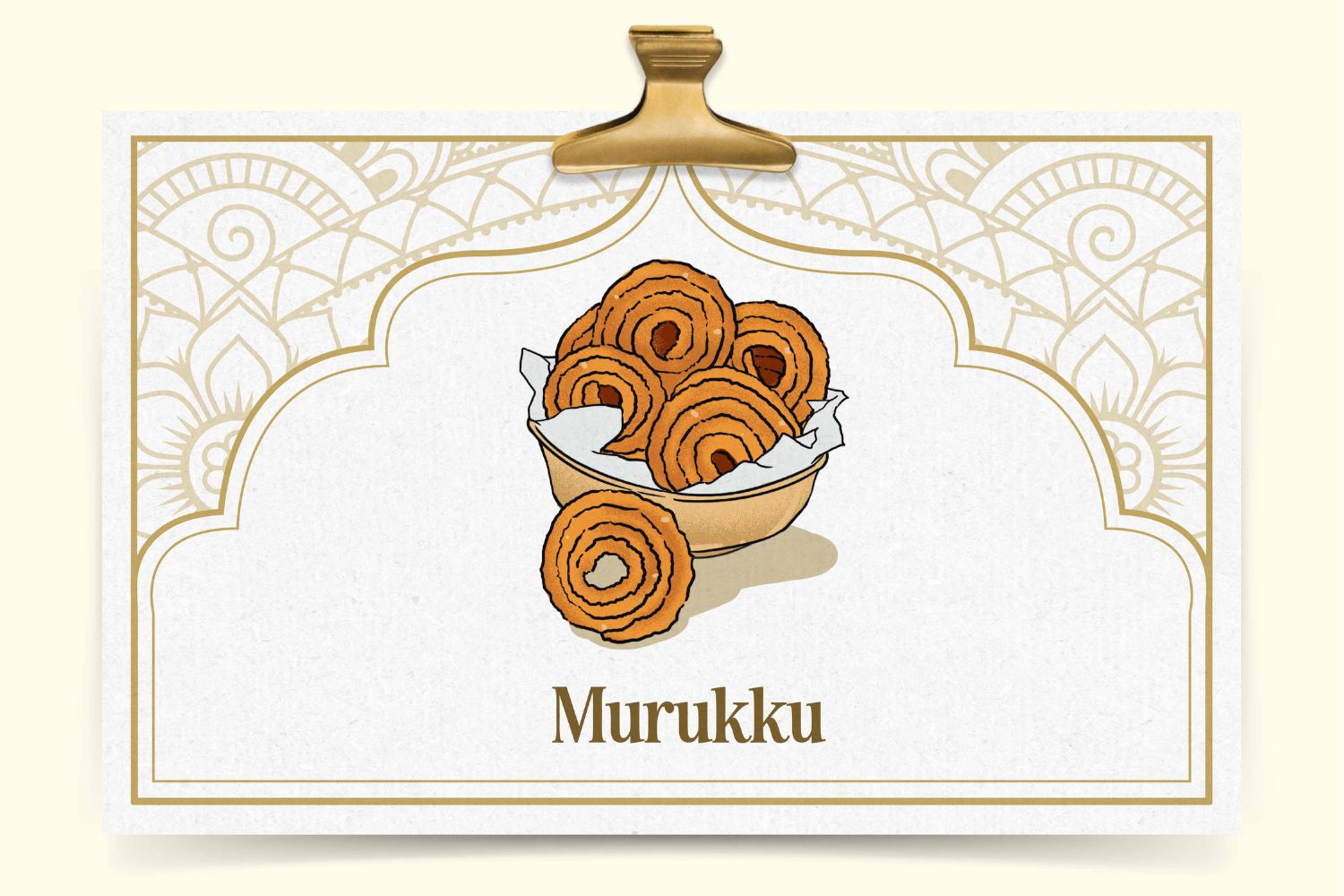
The quintessential Deepavali food, murukku is a catch-all name for the crunchy, savoury snack that comes in many shapes and forms. The name comes from the tamil word meaning twisted, in reference to this snack’s usual shape. Mullu murukku, or thorn murukku, is perhaps the most common, but all forms of murukku are valid in our opinion. Typically made with rice flour and urad dhal flour, then seasoned with spices, murukku are a non-negotiable must-have for Deepavali. You can have them as drinking snacks, graze on them while watching a movie in the living room, or play a game of try not to break the murukku – the possibility of festive fun is endless.
Achu Murukku
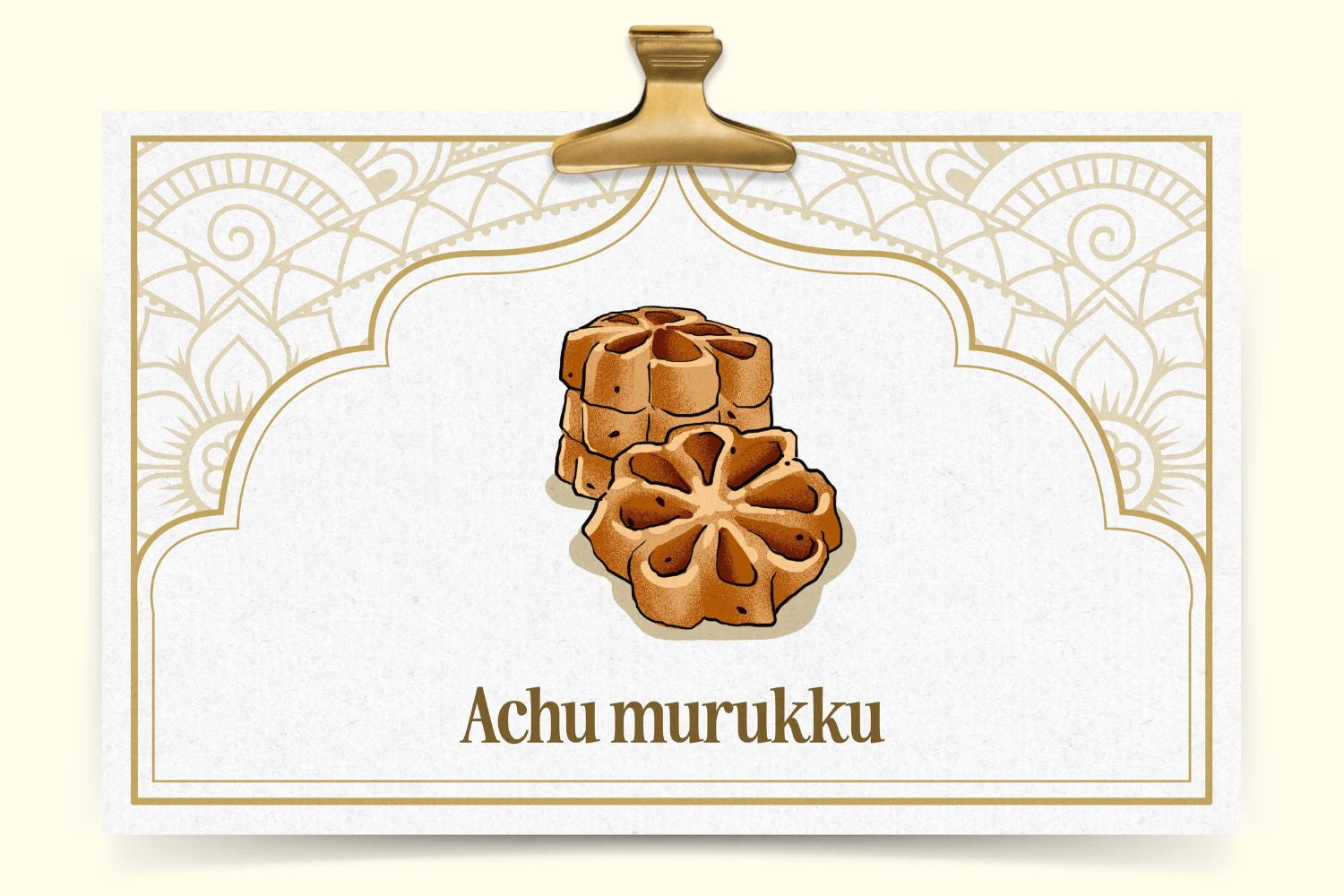
The sweeter version of typical murukku, achu murukku is also known as rose cookies or kuih loyang in Malay. Made with sugar and sesame seeds instead of the usual savoury spices, the achu murukku is thin, crispy and thoroughly addictive. It is named after the mould used to create its signature shape, the achu is first dipped in hot oil, then dipped in the murukku batter, before going back in the frying oil to cook, creating a perfectly defined rose shape.
Nei urundai
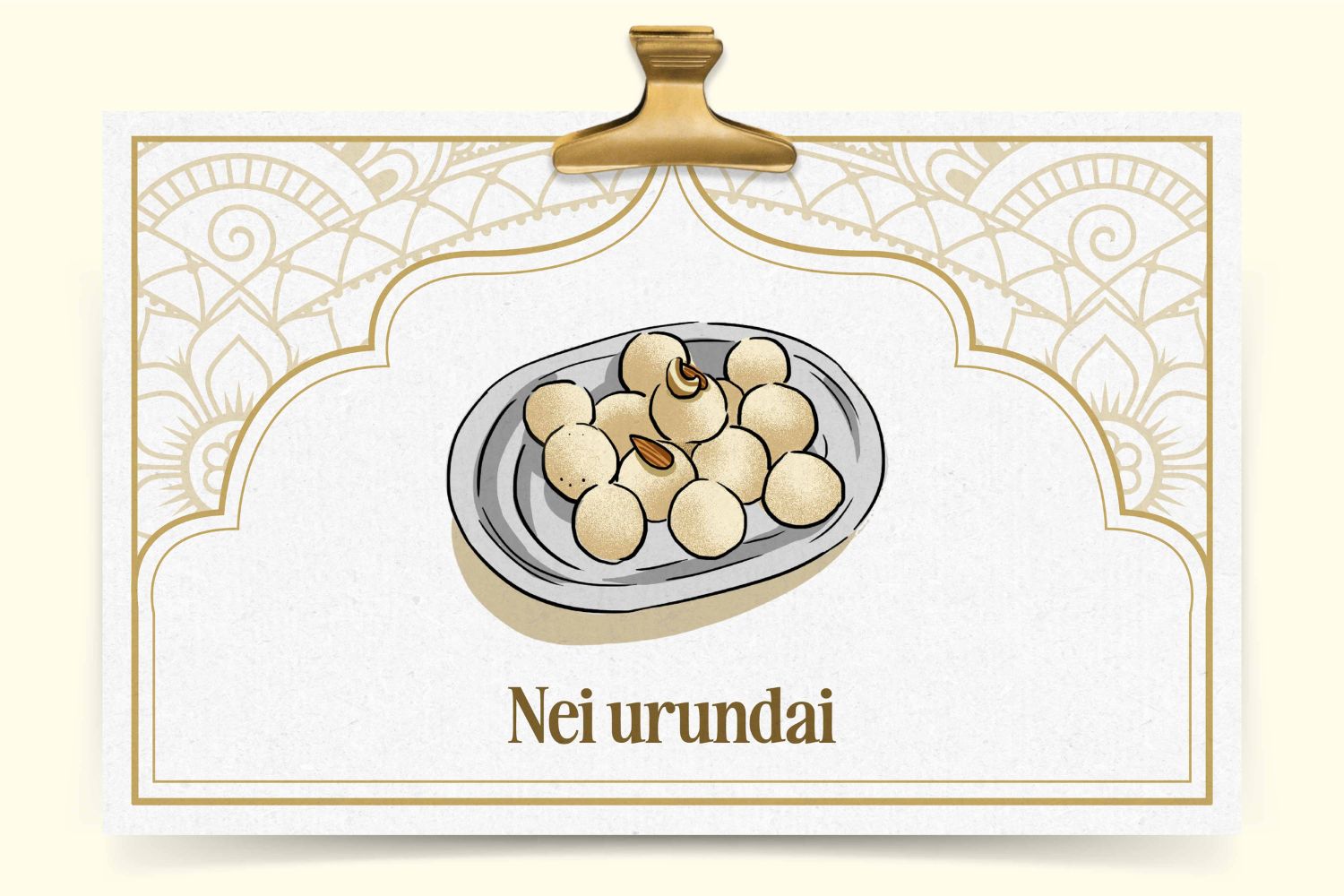
These ghee balls are an instant favourite for young and old alike, and are a decadent sweet treat that are made with simple ingredients. Green gram or mung bean flour, sugar, spices like cardamom, and the titular ghee are the main ingredients. You can also usually find the addition of cashews or raisins, but every family and store has their own twist. Nei urundai is made by pouring hot ghee into the flour mix and slowly pressing the formed dough together, resulting in a soft, buttery, melt-in-your-mouth delight.
Omapodi mixture
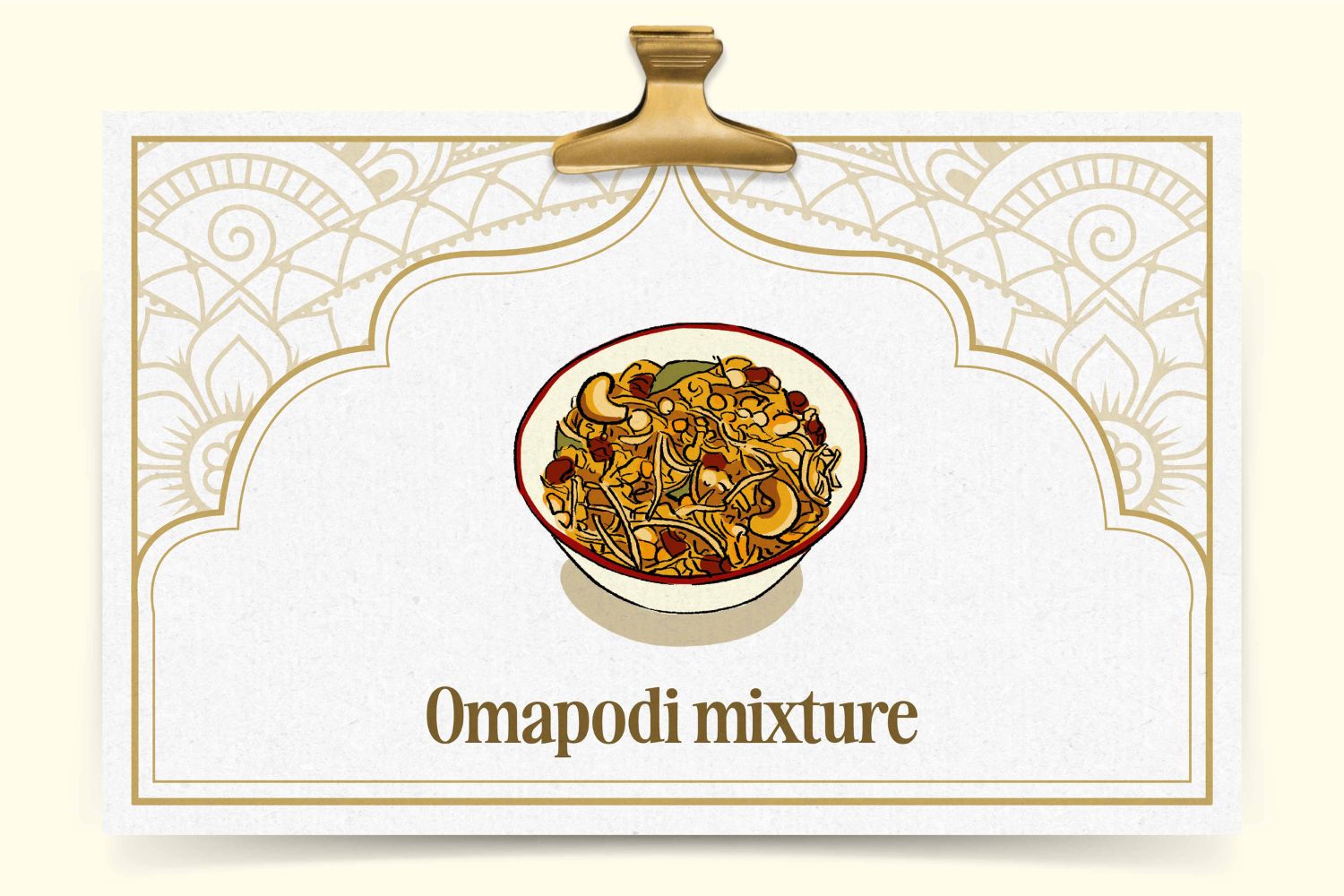
Okay, so technically, omapodi (also known as sev) is a type of murukku, distinctly known for its thin, stringy form and ultra crunchy texture. But the omapodi mixture is in a league of its own, combining the crunch of broken up omapodi along with fried peanuts, curry leaves and more spices. Much like any mixture, everyone has their own twist on the exact components, and you can often also find the addition of green peas, cashews and chilies too.
Adhirasam
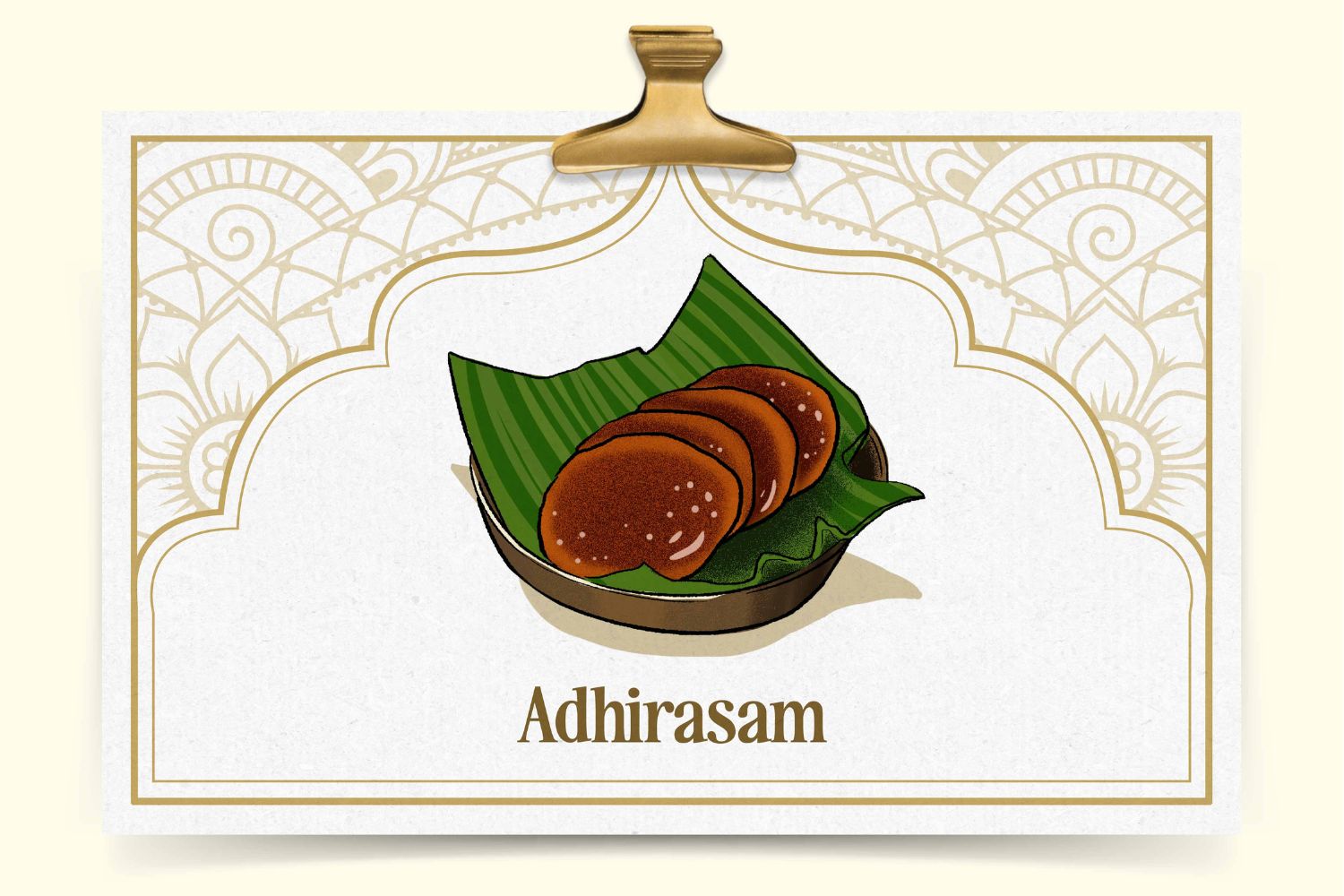
Another simple sweet treat that can often be found during Tami celebrations, think of adhirasam as a sweet and dense deep-fried donut. Its distinct deep brown colour comes from the use of jaggery, and its flat shape comes from being pressed after frying to remove excess oil. Some versions of adhirasam are made with a hole in the centre just like a donut. Traditionally made with rice flour, jaggery, ghee and pepper, adhirasam would normally take several days to make as it requires the dough to ferment for several days. But now with flour mixes readily available, it has become a favourite dessert that’s easy to prep and enjoy.
Coconut candy
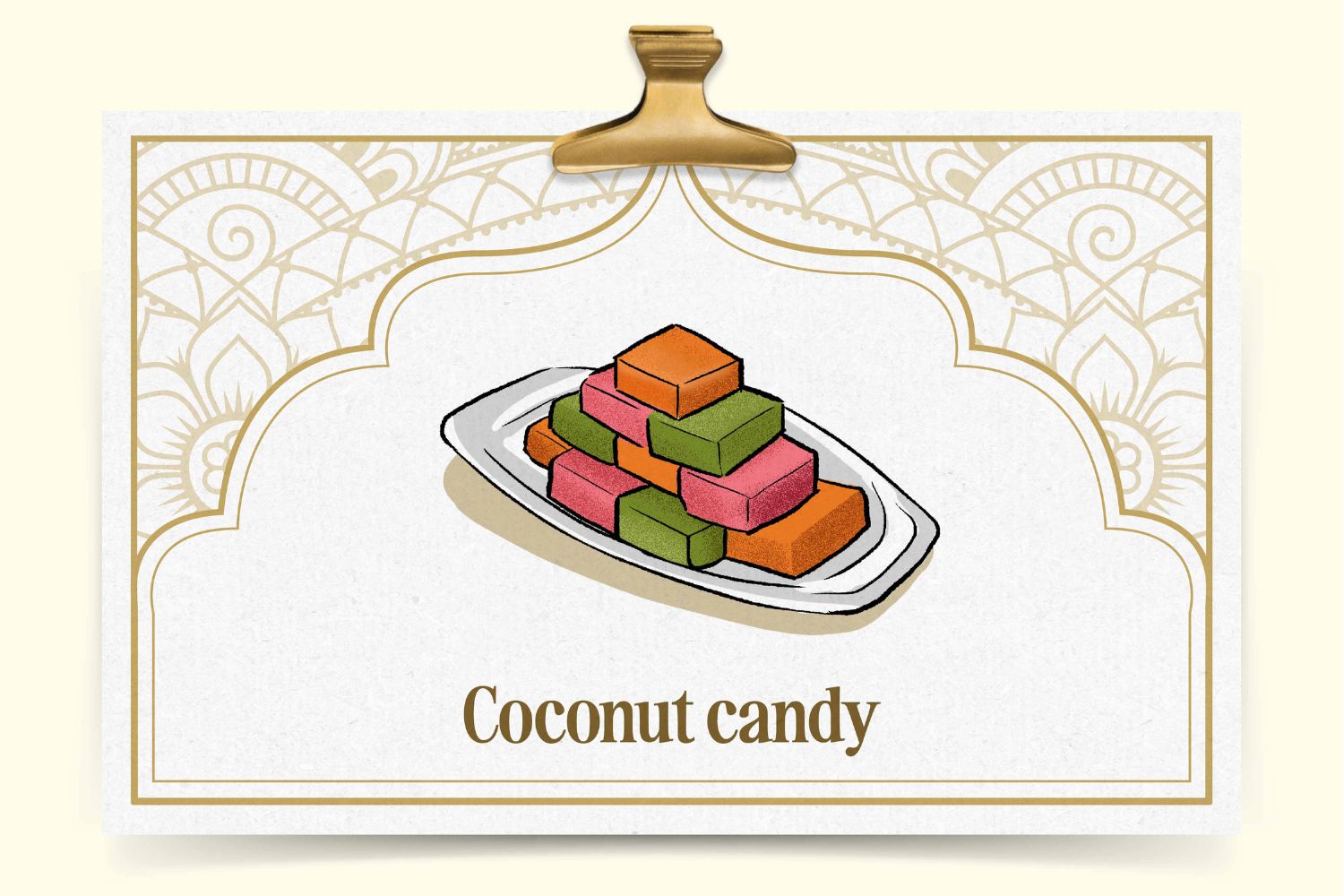
These are a sweet snack no one can resist. From its eye-catching colours and super sweet flavour, coconut candy is hard to miss when it’s laid out on the dining table. Like most Indian sweets, coconut candy is made with deceptively simple ingredients. The main one is grated coconut, of course, along with coconut milk, butter, sugar, and condensed milk. Food colouring is optional, but we would argue the colours are what makes coconut candy iconic. Sticky, fudgy, with a crisp from the coconut, we dare you to only eat one this Deepavali.
Sugee biscuits
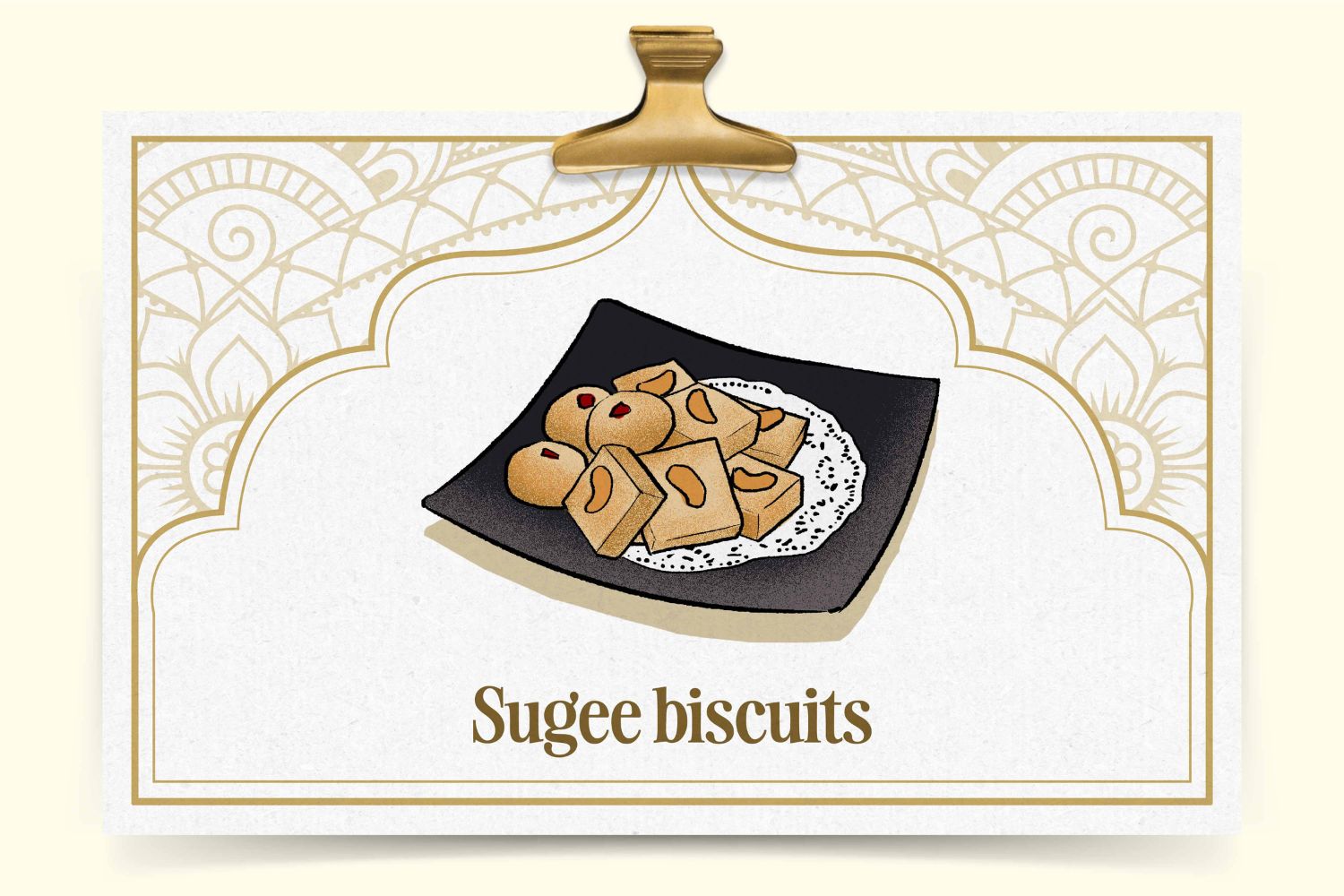
A textural delight that is somehow both crumbly and moist, sugee biscuits are like a cousin to nei urundai, the key difference in being the use of sugee or semolina flour in the dough. The way it’s made is also similar, but what gives makes sugee biscuits a biscuit is that they are baked and finished in the oven, giving it a crisp first bite that promptly melts and dissolves in your mouth. Sugee biscuits are one snack that has made its way across all Malaysian celebrations, and you can often find them in anyone’s home as, frankly, no one can resist its delicious flavour and unique texture.
Jalebi
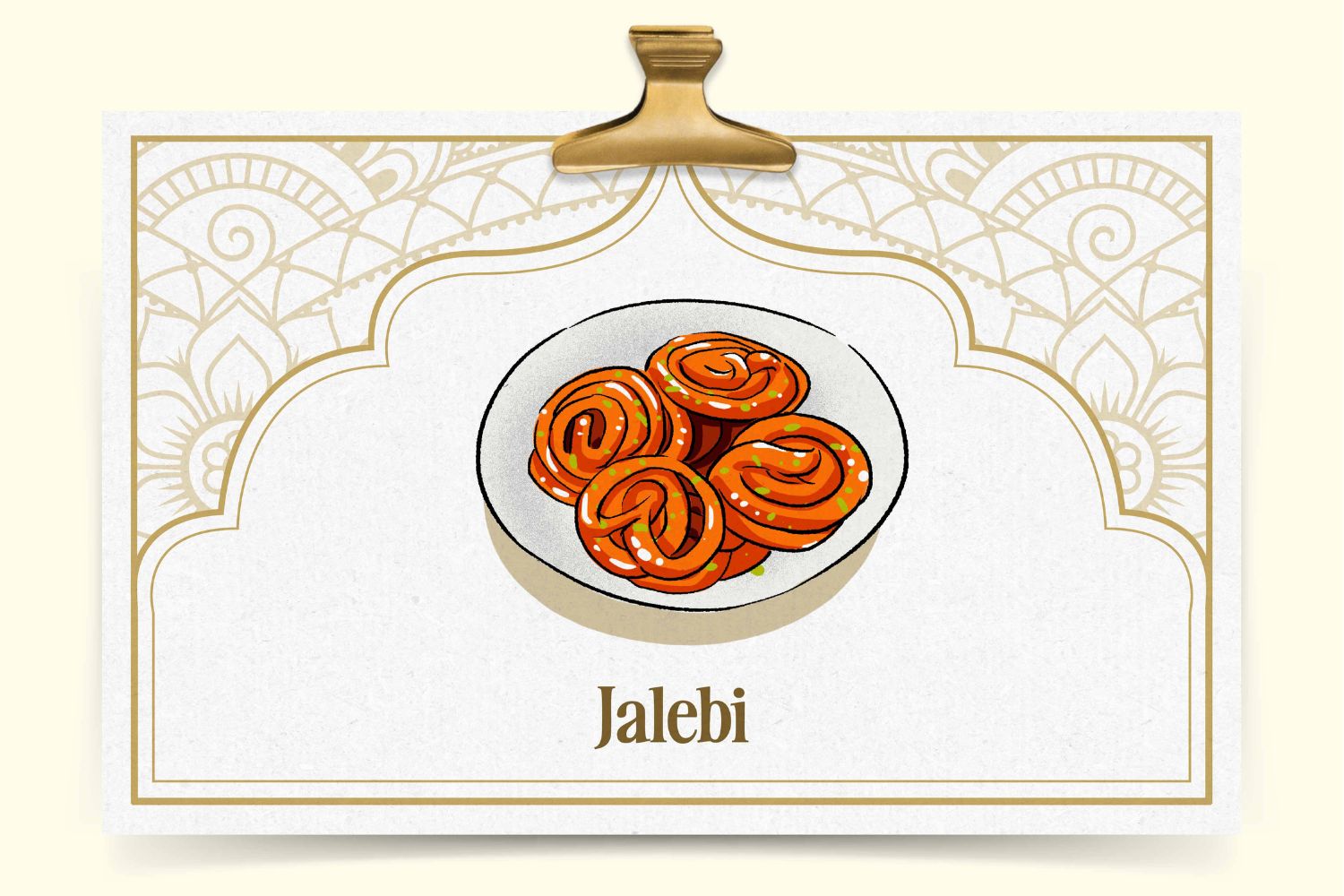
This sweet snack doesn’t need much introduction and is hard to miss too. Found in several cultures and throughout history in West and South Asia as well as in Africa, jalebi (as it is known in the Indian subcontinent and here in Malaysia) is a deep-fried flour-based snack that are soaked in sugar syrup that is sometimes flavoured with rose water or honey. Traditionally a hue of bright orange, jalebi gets its iconic look from saffron used in the syrup, along with a hint of flavour too. It’s super sweet and sticky and definitely not an everyday treat, but when else is a better time to indulge in jalebi than during Deepavali?
These are just some of the iconic Deepavali savoury and sweet snacks you’ll be serving and eating throughout the celebrations, and without them, the celebration just wouldn’t be complete. Happy Deepavali to all our readers!
Illustrations by Chin Yi Ting.
Read about more iconic foods from Malaysia, then catch up on more tasty eats.




